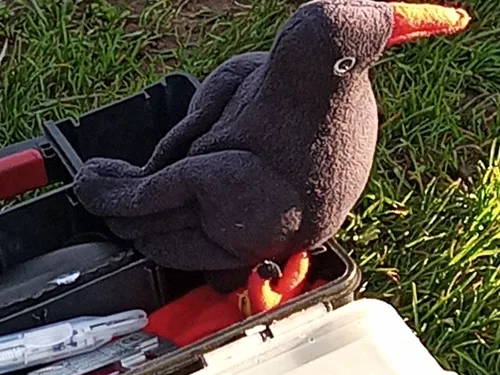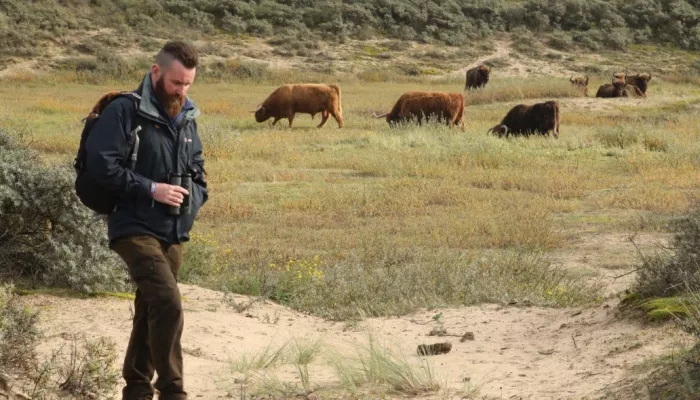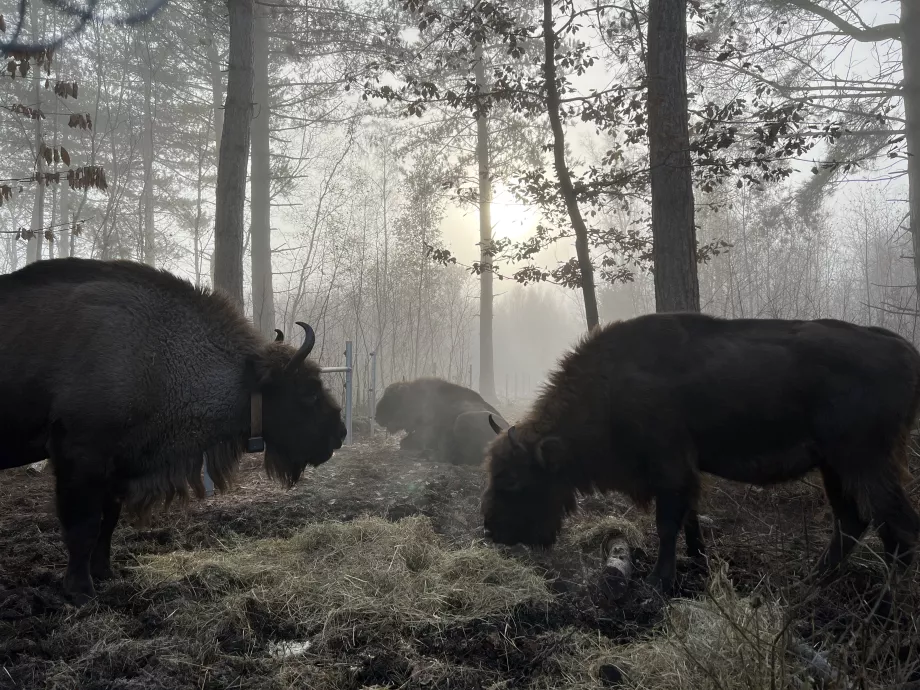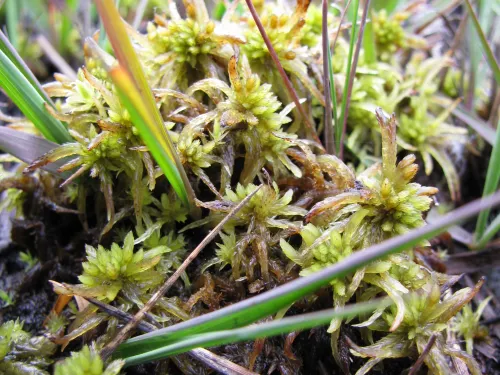Inspired by our experience and listening to Dutch practitioners and decision-makers, as well as one another, our ‘Coalition of the Wilding’ has already unearthed two additional requirements for successful UK nature recovery: mitigating fragmentation and reinstating natural processes. Our vision is to create a nationally replicable model, the Local Nature Recovery Network, tailored for Kent, in collaboration with key stakeholders such as National Highways and others. This endeavour brings together all these crucial components, representing a transformative step for British wilding and closing the gap between development and nature conservation.
Learn more about our Local Nature Recovery Strategy here!





